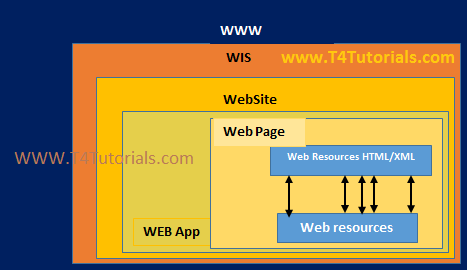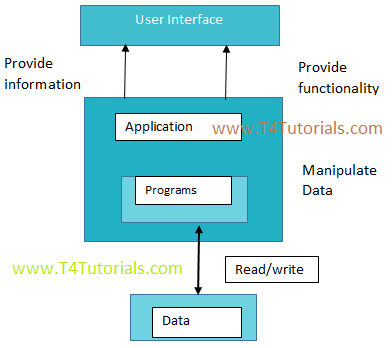WebWEP Reference Model and WER Web engineering resources Portal
WEP(Web Engineering Resources Portal)
WEP (Web Engineering Resources Portal) is a reference guide, which enable web engineers to go through the lifecycle process of WIS.
WIS is Web Information System, so in an information system, the appropriate use of resources is the highest priority to manage to achieve maximum profit and output.
WEP is used as a reference model, which allows web engineers to manage the resources of the WIS.
The main objective of WEP reference model is to provide a common basic terminology, a technical-oriented classification of Web Apps, a specification of Web Apps Logical And Physical Architectures, a classification of skills needed in WIS project and a generic and adaptable WIS lifecycle process model through which WEP-Teams are using WERs to deliver, maintain and evolve a WIS based on WEP-Arch.
When is WEP Reference Model is used?
A Web developer may use Web Engineering Resources portal for developing and maintaining a WIS. These resources include
- Technologies
- Research Results in the diverse areas and topics
- Tools ranging from complete solutions to small-scale programs.
Why is WEP Reference Model is used?
Web Engineers are always preferred to use WEP model because this is one of the most recommended approaches to manage and utilize the resources to run WIS.
WEP is also recommending because it covers all the aspects of the resources used by the Web. Below Diagram will explain from web resources to WWW.


WEP-Terms
- General term:
Data:
Data is distinct information in pieces in digital form, which can be read, manipulated and transmitted from one digital form to other
information: data from different links and with different relations are processed becomes information.
Software:
it is a collection of instructions in such a form which be an executed in a computer.
- Web primitive elements WWW(World Wide Web): as defined by W3C, is “the universe of network-accessible information, available through web-enabled devices, like a computer, phone, television, or networked refrigerator…”.
- Web Architecture Elements:
-Web user, web publisher, Website publisher
– Web agent (Web Client, Web server, Web proxy, Web Gateway) - Web Architecture:
Identification (Every web resource has a unique identification such as URI’s), Interaction( web agents interact with each other or exchange information via messages and using protocols i.e. HTTPS, HTTP. FTP etc), and Representation (Every message carries the representation of the resource, the resource communicates the overall information of the web resources).
Background of WEP: Web development:
As in if the word “Web Development ” refers to the development of few or some HTML pages or a broader end as WIS, But in actual “development “ means the design of anything and implement issues, whereas the lifecycle of WIS is a bigger picture.
Managing WIS is dealing with huge data, was getting a very big issue. To overcome the arising issue must be solved to provide fast Web, to achieve this the WIS has to be in a way which follows all the standards, but following those was extremely difficult for the web developers and engineers’.
Some research results like (Hansen, Deshpande & Murugesan, 2001), specified some skills for the developers who were working on different parts of the WIS Development.
WER-Portal:
Web engineering resources Portal is a specially designed website that runs on the servers and acts as a single point of access for the web developers to maintain the web resources from one point. The resources include Technologies, Search results, Tools ranging from a complete solution to small programs: In the detailed paper of WER portal following taxonomies are discussed as a reference model.
- Taxonomies of Technologies
- Taxonomies of Research Results
- Taxonomies of Tools
- J2EE-based Platforms
- .NET Platform
- Apache Platform
WERs are not used appropriately or at all during current WIS Projects. Web Engineering is a complex information space that needs to be engineered, in order to provide the WERs to developers in a structured and meaningful way
To address these needs we introduce the WEP, in order to structure and present the WERs in a unified framework that provides a Reference Model and a resources Portal.



